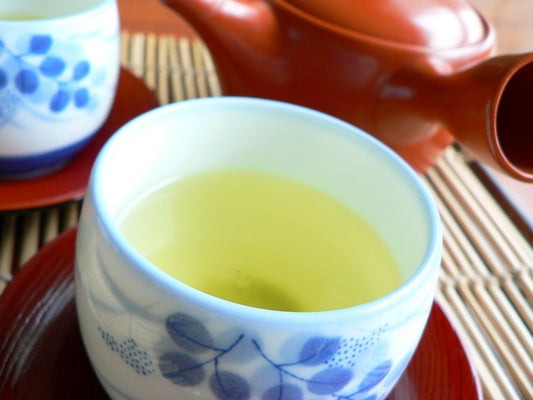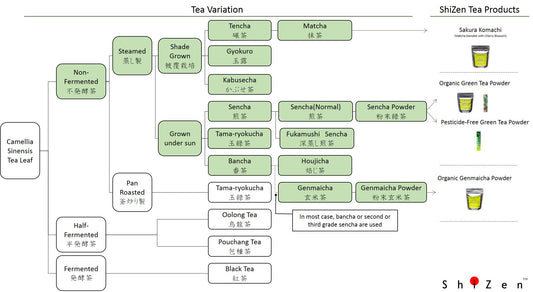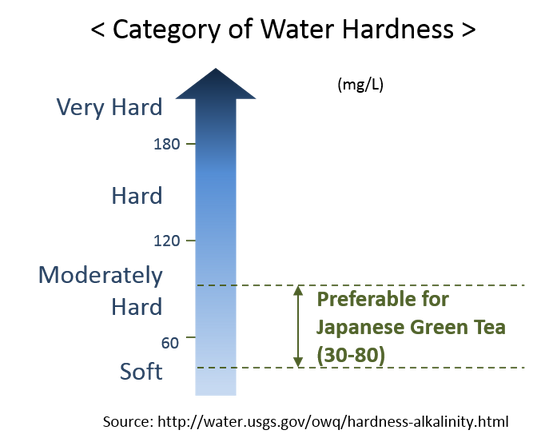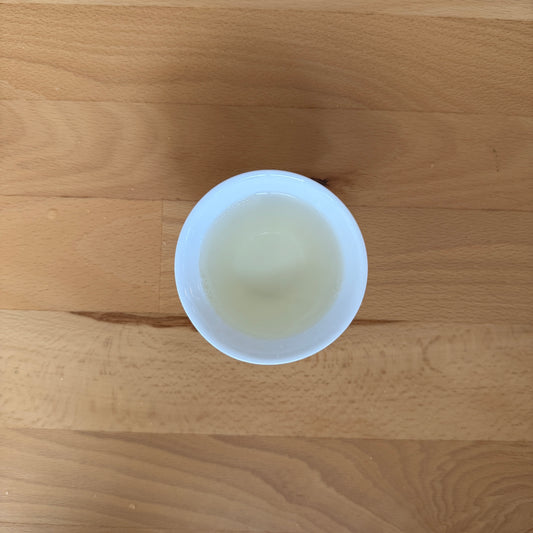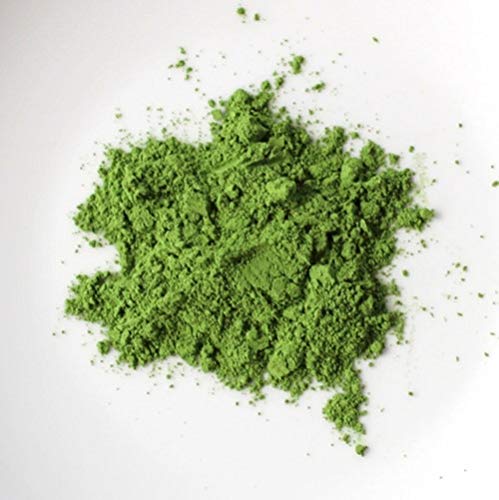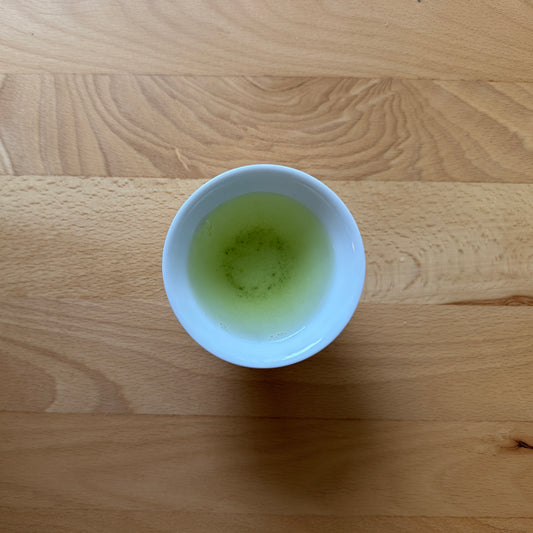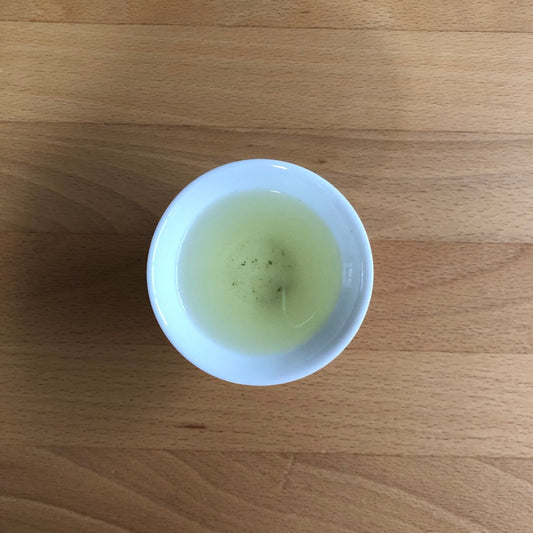Sometimes I see some phrases that “Matcha is 10 times better than green tea”. I am not sure in what perspective this is mentioned but in times I believe this phrase may lead to some misunderstandings. Actually the benefits of teas may vary depending on the tea form(powder or loose leaf) and how its infused. For example, although its the same tea leaf the health benefits will differ if you consume it in powder form or loose leaf form. Also as for loose leaf, depending on the water temperature and infusion time the health benefits will again vary.

What is “Green Tea”?
To get the terminology right, ordinary green tea that is sold out in the market named as “Green Tea” is mainly “Sencha”. Sencha is the most popular tea drank in Japan and most green tea shipped out from Japan is Sencha. Please understand that both Matcha and Sencha are categorized as green tea but they are completely different teas. The biggest difference is the tea leaf itself is completely different: cultivation, nutrients, processing, taste, etc.

So after understanding that green tea’s another term is Sencha…is Matcha 10 times better than green tea (Sencha)? Let’s take a look in several perspectives.
1 - Matcha vs Green Tea Brewed (Sencha Brewed)
Yes, Matcha will definitely have more health benefits than brewed green tea. As for brewed tea, nutrients are left behind in tea leaf and are usually thrown away. Of course, not all nutrients are left behind but mostly the water non-solvent vitamins such as vitamins C gets left behind in the tea leaf. On the other hand, Matcha is simply ground tea leaf so you can take advantage of the whole tea leaf’s nutrients and vitamins. So I am not sure its right to say 10 times but it is definitely better than brewed green tea in health wise.

2 - Matcha vs Green Tea Powder (Sencha Powder)
Let’s break this down into two metrics, “nutrients” and “Catechin (antioxidant substance)”.
Nutrients
As for the comparison of nutrients are in the following chart. Many of the nutrients are contained more in the Green Tea Powder (Sencha Powder). The biggest difference will be the Vitamin C.

Catechins
Catechins are a type of polyphonel that contains many of the positive effects: antioxidant effect, boost metabolism, etc. The popular term in the states the “EGCg” is one of the types of this Catechin.
For the Catechins, I have not seen yet a precise data for Matcha. However, there is a data comparison of Gyokuro (a loose leaf that is cultivated the similar way as Matcha) and Sencha. Of course Gyokuro will not be a complete substitution for Matcha, but would be the closest thing at the moment. The percentage of Catechin is as follows and you can see that Sencha contains more Catechins. In other words, Sencha may be more powderful in antioxidant effect.
- Sencha : 13.56~14.14%
- Gyokuro: 10.04~10.79%
*Source: Chamber of Tea Association of Shizuoka Pref.
So you can see that in most case Matcha are healthier than brewed green tea (Sencha), not sure if “10 times” will be the precise word to express it. On the other hand, if you compare it with Green Tea Powder (Sencha powder), it will be more beneficial than Matcha as for health wise. Since we have only focused on the health benefits, next time we will focus on different perspectives such as taste and other effects for Matcha. Then you will see why Matcha has been this popular in Japan for many hundreds of years.Hope it clarified some points and learned something new ![]()
Thank you for reading.


